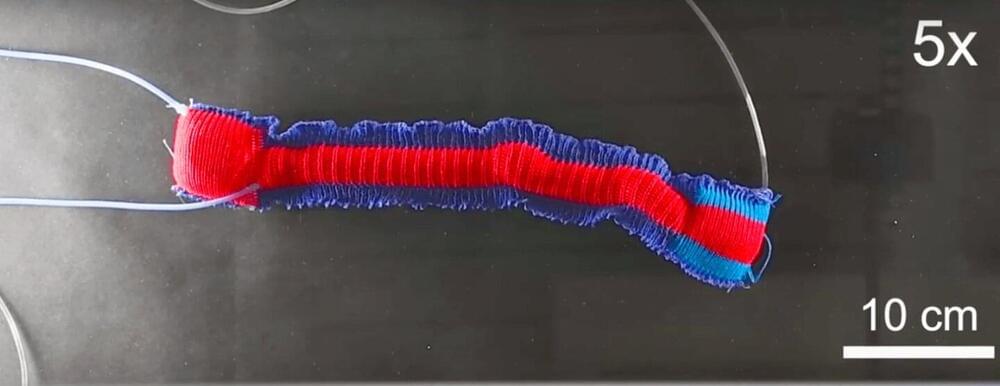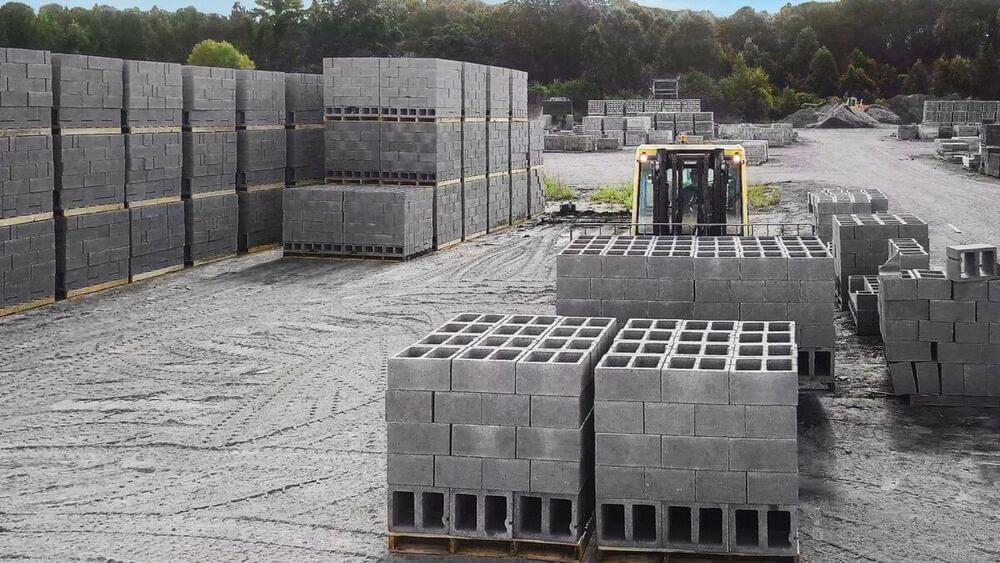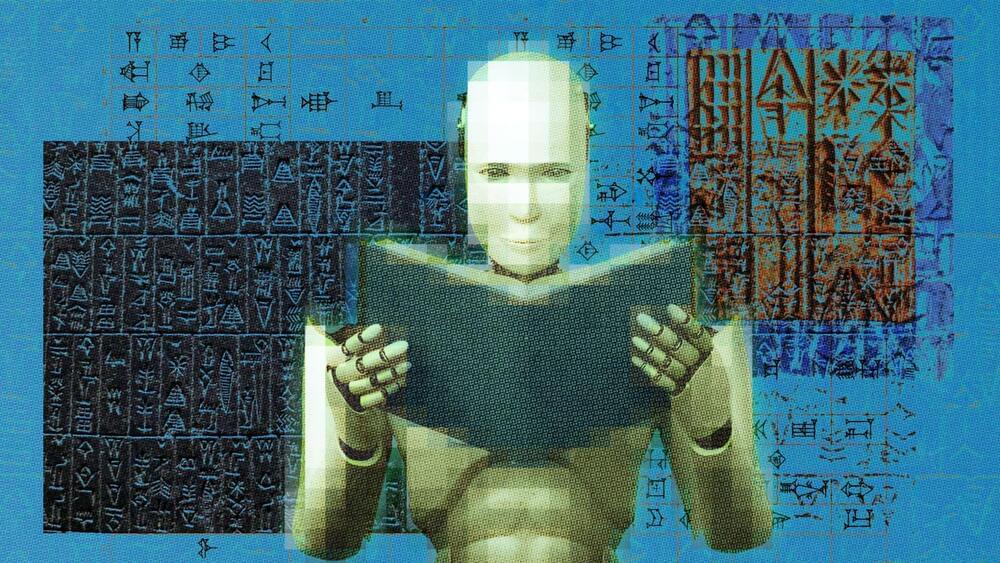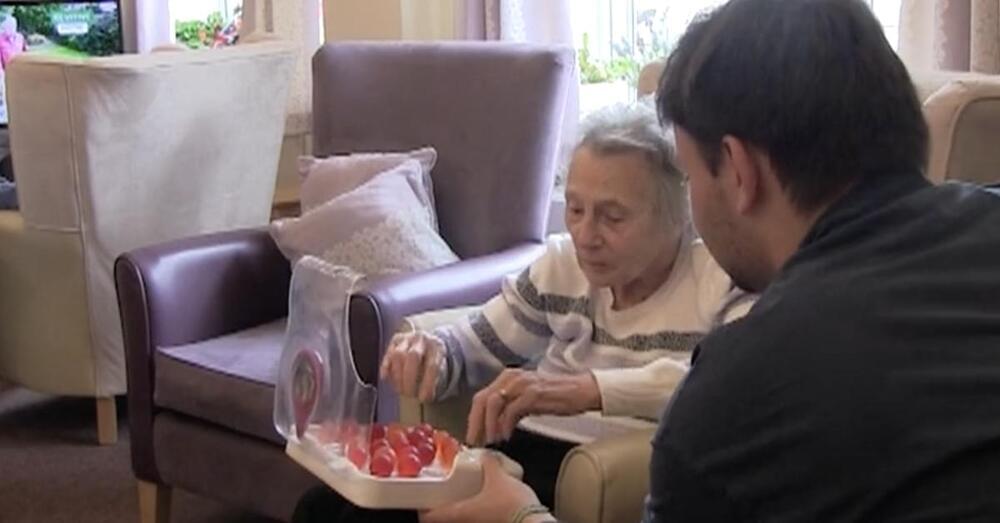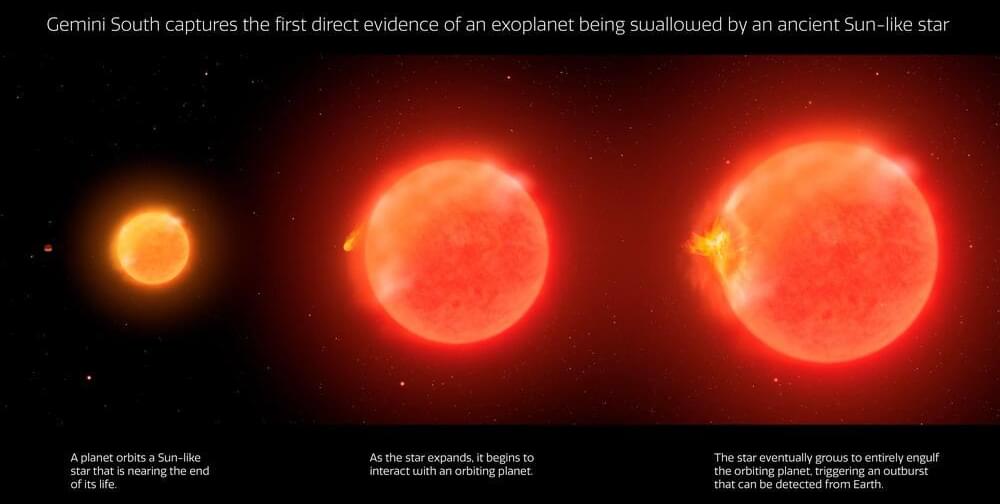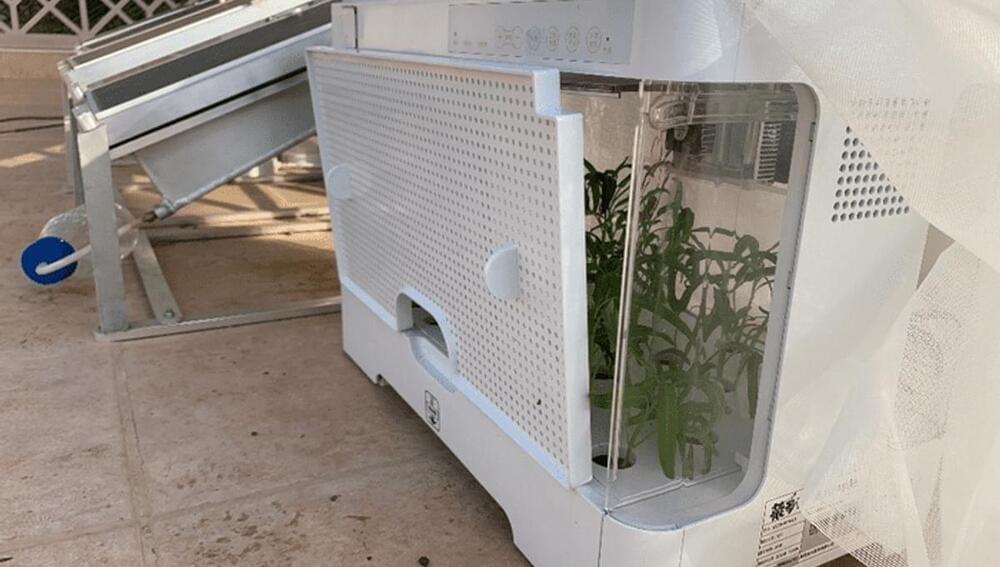Artificial intelligence has been around for years, but scarcely has it found itself in conversation as much as it has now. The launch of OpenAI’s ChatGPT rocketed generative AI onto the radar of many people who hadn’t been paying much attention — or didn’t feel it was relevant to their lives. This has included workers, who’ve already been touched by the technology, whether they know it or not.
The chatbot, which uses machine learning to respond to user prompts, is helping workers write cover letters and resumes, generate ideas and even art in the workplace and more. It’s already making a splash in hiring with recruiters, who are finding they need to adapt to the new technology. And as competing companies rush to launch similar tools, the technology will only get stronger and more sophisticated.
The rise of generative AI in the workplace is inevitable. There’s a lot to be excited about it.

